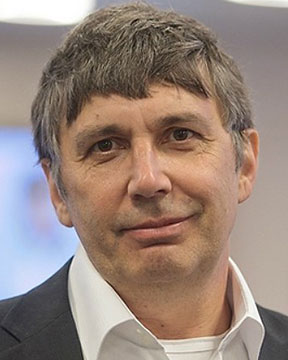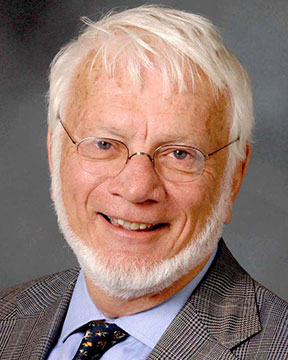



















 |
Mery-Cecilia Gomez-MarroquinNational University of EngineeringCharacterization Of Fine And Coarse Sludges Of Ld Peruvian Steelworks Afonso International Symposium on Advanced Sustainable Iron and Steel Making(6th Intl. Symp. on Advanced Sustainable Iron and Steel Making)[Oxygen applications for sustainable steelmaking/steel melting] Back to Plenary Lectures » |
Abstract:Nowadays, one of the most important global issues in the steelmaking industry is the benefits of recycling or provision of the particulate wastes generated by blast furnaces, LD / BOF converters, and electric arc furnaces. Transportation costs, disposal in appropriate places, and increasing environmental constraints are demanding steel companies for ways to avoid, minimize, and / or properly treat their residues. Several solid residues in the form of slags, powders, and sludges emerge from reactor steel plants, such as blast furnaces, electric arc furnaces, converters, and Basic Oxygen /Linz Donawitz - LD. The chemical composition of these residues depends on the load fed to these reactors. This waste may contain: Fe, C, Ca, Zn, Pb and others hazardous elements, which can be reused in a sustainable manner [1]. The LD Oxygen Converter is the most common process for the production of steel in the world. Institutions, such as United States Geological Survey (USGS) and World Steel Association, noted that the Basic Oxygen Furnace LD/BOF produced 40% of the total steel from the USA (USGS, 2014) and 70% of the total steel produced in the world (World Steel Association, 2014) [2]. However, the production of steel through LD converters also generates a large amount of gaseous discharge of emissions which are collected through gas cleaning systems. This waste can be of two types: powders (dry material - BOF OG) and sludges (wet material - BOFS). The production of BOF OG can vary between 0.75 and 24 kg/tLS based on European Commission (Remus et al., 2013). The generation of BOF OG on average is 18 kg/tlS (American Iron and Steel Institute, 2001). In 2015, world steel production reached 78.8 thousand tons in the USA and 1620 million tons in the world (World Steel Association, 2016). According to information from the World Steel Association, in 2013, 626 thousand tons of BOF OG were generated only in USA and around 20 million tons worldwide[3]. In Brazil, about 80% of crude steel production comes from LD converters. In addition, this country had the great advantage of owing ore deposits with high iron contents and low contents of contaminants. In terms of environmental performance, LD steelmaking gas is very rich in CO, and is more suitable for the process of self-power generation. It is also necessary to develop other more noble ways of using LD steel slag, as well as the treatment of sludges and emissions containing powders [4]. In Peru, previous studies on characterization of sludges in LD steelworks have not been reported or published specifically in continuous form, as it had been with the characterization and treatment of electric arc furnace dusts (EAFD). This fact makes it novel and relevant, and through this complete characterization of both fine and coarse sludge samples of LD steelwork, this project will attempt to predetermine a sequence of carbothermic self-reduction treatments that may or may not add up to coal fines collected from other sources, in order to obtain high grades of iron metallization and controlled extraction/separation mainly in the form of vapor from metals such as zinc and lead [5, 6]. Therefore, the sludges of LD steelworks are important for their significant iron contents as well as its low phosphorus content, which can be reinserted into the production system for reuse [7]. Therefore, this waste accumulated by the Peruvian steel industry (especially the old sediments of LD converter) will tend to be reused in the steel plant itself, to give an added value to this material that until now is constituted as an environmental liability of considerable economic value. The experimental methodology in this work comprised the characterization of materials from a sludge site, mainly the coarse and fine sludges generated at a primary wet LD dedusting system. It is for this purpose, that the following were utilized: chemical analysis, Atomic Absorption, X-Ray Diffraction, Optical Microscopy-OM and Scanning Electron Microscopy-SEM, Scanning Thermal Analysis-STA, Differential Scanning Calorimeter-DSC, Thermogravimetric Analysis-TGA, Diferential Thermogravimetric Analysis-DTG, and physical properties such as specific gravity and average particle size. From these characterizations, the following technological routes were suggested: a) the production of coarse/fine residues composite briquettes, to be used as burden in ironmaking reactors; b) the production of coarse/fine self-reducing briquettes, complemented by a carbon resource in their composition, to be used as an alternative cooling material for the liquid steel temperature control and as burden in reactors demanding fast iron metallization. |
|